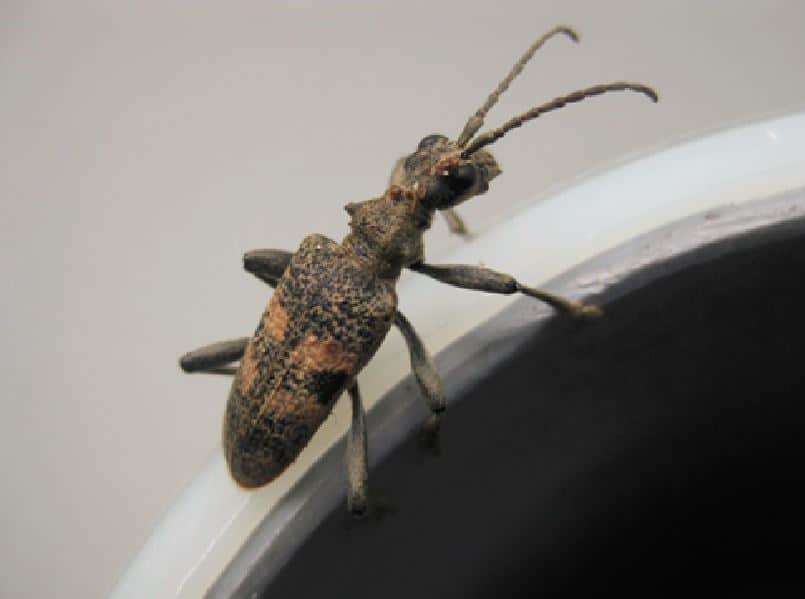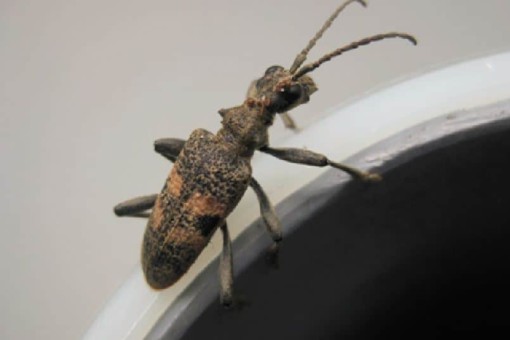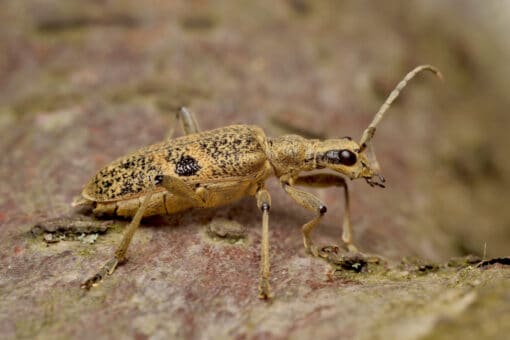Invertebrates I – Effects of land use on invertebrate diversity
Effects of land use on invertebrate diversity are assessed. In experiments causal relationships between land use, diversity and ecological functions of invertebrates are analysed.

Effects of land-use on diversity of arthropods and trophic interactions ia analysed by assessing arthropod diversity on all experimental plots.
Overall hypotheses:
1. Increasing land-use intensity decreases the diversity and abundance of arthropods in grasslands and forests.
2. Food webs are more complex and more stable in natural systems.
3. The relationship between land-use intensity, diversity and functioning of arthropods depends on habitat type (grassland, forest) and region (Schorfheide-Chorin, Hainich-Dün, Schwäbische Alb).
Assessment of arthropods is performed by different methods along the land-use gradients on 100 experimental plots in each exploratory.
Forest arthropods
Continuous sampling on the forest floor, in the understorey and the canopy by different sampling methods during the entire vegetation period. Only activity based traps were installed; no attractants were used.
- Flight-interception traps in the understorey and in the canopy
Hereby mainly flying insects were assessed. - Funnel traps in the ground
Hereby mainly epigaeic species were assessed.
Grassland arthropods
Continuous sampling of epigaeic species by
- Funnel traps,
and herb-dwelling species by - Monthly sweep-net samples
Herbivory and plant fitness
Herbivore-mediated effects of land use and biodiversity on plant fitness is assessed by analyzing experimentally whether increasing biodiversity in less intensively used land reduces leaf herbivory and causes more effective control of herbivore populations
Hypotheses:
1. the diversity and abundance of the natural enemies of insect herbivores is greater in natural forests than in managed forests
2. rate of parasitism and predation is higher in natural forests than in managed forests
3. herbivore abundances are lower in natural forests
4. damage by leaf-chewing herbivores is higher in managed than in natural forests
Ants and seed dispersal
Assessing Ant-mediated effects of land use and biodiversity on ecosystem functioning is assessed by testing whether less intense land use leads to higher diversity of ants and more effective seed dispersal.
Hypotheses:
1. age-class forests have a lower diversity of seed-dispersing ants than natural forests
2. rodents are the most important predators of plant seeds in beech forests
3. ants reduce seed predation in plant species with adaptation to dispersal by ants (myrmecochores) and this effects is stronger in natural forests
4. there are more ant-dispersed plants (myrmecochores) in natural











